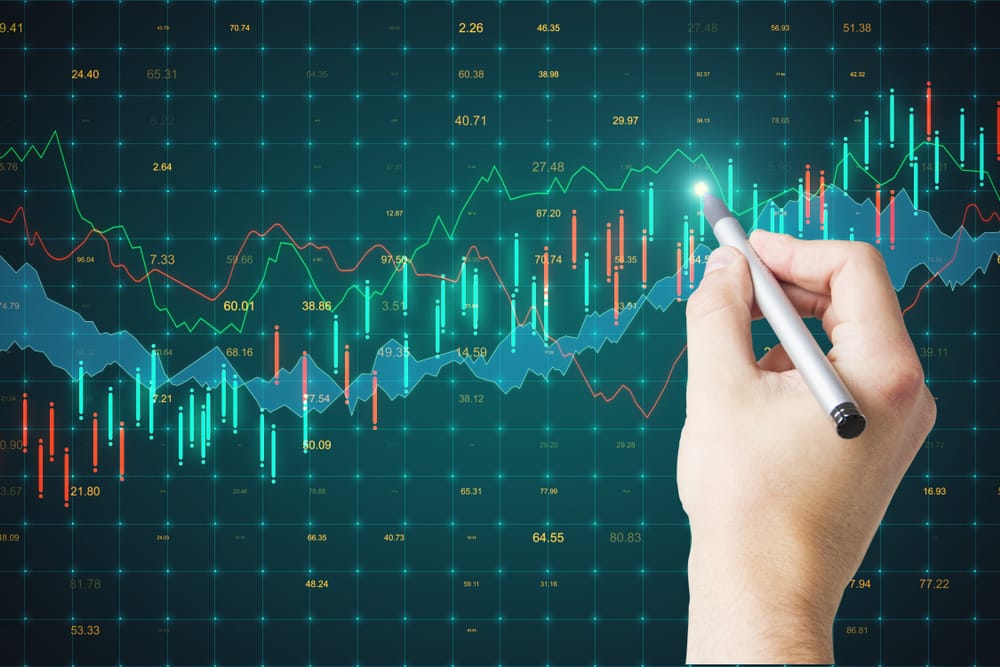GDP-Based Recession Indicator Index
This dataset tracks gdp-based recession indicator index over time.
Latest Value
11.70
Year-over-Year Change
-68.72%
Date Range
10/1/1967 - 1/1/2025
Summary
The GDP-Based Recession Indicator Index tracks the probability of the U.S. economy being in a recession based on Gross Domestic Product (GDP) data. It provides an important signal for policymakers and analysts monitoring economic conditions.
Analysis & Context
This economic indicator provides valuable insights into current market conditions and economic trends. The data is updated regularly by the Federal Reserve and represents one of the most reliable sources for economic analysis.
Understanding this metric helps economists, policymakers, and investors make informed decisions about economic conditions and future trends. The interactive chart above allows you to explore historical patterns and identify key trends over time.
About This Dataset
The GDP-Based Recession Indicator Index is a statistical model that estimates the likelihood of the U.S. economy being in a recession using quarterly GDP data. It serves as a real-time recession warning signal for economists and policymakers.
Methodology
This index is calculated by the Federal Reserve Bank of St. Louis using a probit model that analyzes GDP growth trends.
Historical Context
The index is a key input for Federal Reserve and government policymakers when assessing the health of the economy and considering appropriate policy responses.
Key Facts
- The index ranges from 0 to 100, with higher values indicating a higher likelihood of recession.
- The index reached a peak of 91.2% during the Great Recession in 2009.
- The index has remained below 10% since the end of the 2020 COVID-19 recession.
FAQs
Q: What does this economic trend measure?
A: The GDP-Based Recession Indicator Index measures the probability of the U.S. economy being in a recession based on Gross Domestic Product (GDP) data.
Q: Why is this trend relevant for users or analysts?
A: This index provides an important signal for policymakers and analysts monitoring the state of the economy, as it offers a real-time assessment of recession risk.
Q: How is this data collected or calculated?
A: The index is calculated by the Federal Reserve Bank of St. Louis using a probit model that analyzes GDP growth trends.
Q: How is this trend used in economic policy?
A: The GDP-Based Recession Indicator Index is a key input for Federal Reserve and government policymakers when assessing the health of the economy and considering appropriate policy responses.
Q: Are there update delays or limitations?
A: The index is updated quarterly, in line with the release of GDP data, and may be subject to revisions as new information becomes available.
Related News

U.S. economy weakening as leading indicators suggest decline
Signs of Slowdown: Analyzing Leading Indicators of U.S. Economic Activity The U.S. economy stands at a pivotal juncture, and the signs of ebbing vitality warrant attention. Among the critical aspects of economic foresight are leading indicators, which illuminate potential patterns before the broader economy reflects the same. Understanding these indicators is vital for predicting economic downturns. We'll explore how they impact GDP growth and analyze the signals that might foretell a recession

US economic growth slows amid rising inflation concerns
US Economic Growth Slows Amid Inflation and Rising Interest Rates The US economy, a crucial indicator of its global standing, is facing a slow growth trajectory. Recent data suggest that inflationary pressures and rising interest rates are the chief culprits in this deceleration. With the Consumer Price Index reflecting heightened inflation and the Federal Reserve adjusting interest rates, the interplay of these factors raises significant concerns for economic stability. These developments furt

S&P 500 hits record as U.S. producer prices fall
S&P 500 Reaches Record High as U.S. Producer Prices Decline The S&P 500 reaching a record high suggests a notable moment in market history, particularly as the U.S. Producer Price Index (PPI) shows a downward trend. The link between the stock markets and producer prices demonstrates how interconnected these financial indicators can be. Falling PPI numbers might seem positive, yet they can signal underlying market changes. These shifts invite investors to recalibrate their approaches in response

U.S. Treasury yields fall after unexpected PPI decline
Exploring the Impact of Treasury Yields After an Unexpected PPI Decline Treasury yields have seen a noticeable decline following an unforeseen drop in the Producer Price Index (PPI), which signals a shift in economic expectations. Treasury yields, reflecting the return on investment for U.S. government bonds, serve as key indicators of economic health. An unexpected decline in the PPI, a measure of wholesale inflation, has led to immediate implications on these yields. This also puts the spotli

U.S. Stock Futures Stagnant Despite Positive Jobless Claims and GDP
Why US Stock Futures Remain Stagnant Despite Positive Economic Indicators The current investment landscape is puzzling for many as US stock futures struggle to show a definite trend despite favorable economic signals. These signals, such as jobless claims and Q2 GDP figures, suggest a healthy economy. Given the roles of the stock market and the Federal Reserve's decisions on rate hikes, it is surprising to witness this stagnation. Inflation trends and the Fed's signals about future policies pla

U.S. S&P 500 Represents New Market Normal, Says BofA Analysis
S&P 500 Unveils 'New Normal' in U.S. Equity Markets The S&P 500evident in recent performance trends, which is a major index in the world of U.S. stocks, may now be signaling what Bank of America calls a 'new normal' in U.S. equity markets. Defining the 'New Normal' in the S&P 500 The 'new normal' represents a transformative phase where traditional valuation norms are shifting. Amidst high points and sustained growth in the S&P 500to be heavily influenced by changing valuation metrics, such a
Related Trends
Consumer Price Index for All Urban Consumers: All Items in U.S. City Average
CPIAUCNS
Capacity Utilization: Total Index
TCU
Commercial and Industrial Loans, All Commercial Banks
TOTCI
Share of Foreign Born in Home Owners Loan Corporation (HOLC) Neighborhood A
RLMSHFBHOLCNA
Home Ownership Rate in Home Owners Loan Corporation (HOLC) Neighborhood C
RLMSHHORHOLCNC
Share of Foreign Born in Home Owners Loan Corporation (HOLC) Neighborhood C
RLMSHFBHOLCNC
Citation
U.S. Federal Reserve, GDP-Based Recession Indicator Index (JHGDPBRINDX), retrieved from FRED.